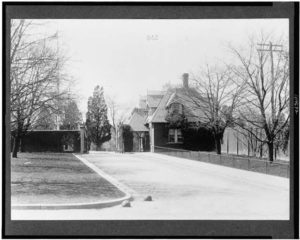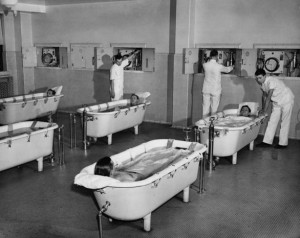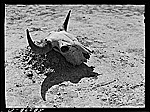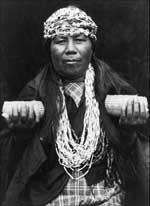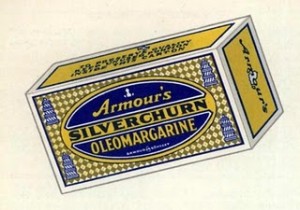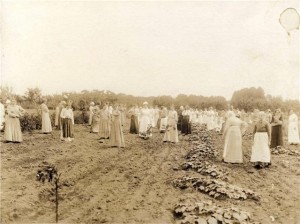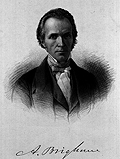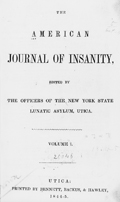The Canton Asylum for Insane Indians had little beyond fresh air and exercise to offer its patients. Superintendents allowed a little beadwork and craft-making to occupy patients’ time, along with field work and housekeeping for the able-bodied patients. It had no hospital in 1910, nor means of quarantining patients effectively.
St. Elizabeths had a training school for nurses, quarantine rooms, and a full hospital where operations ranging from appendectomies to hysterectomies were performed. The dental department performed extractions and cleanings for patients, and created false teeth for them.
Most tellingly, the psychiatric department conducted research and published its work in professional journals, like the American Journal of Insanity. It conducted additional research through its pathology laboratory, conducting autopsies and studying tissue samples to understand the changes disease caused in the body.
St. Elizabeths was a psychiatric and teaching hospital, while the Canton Asylum for Insane Indians was merely a warehouse.
________________________________________________________
